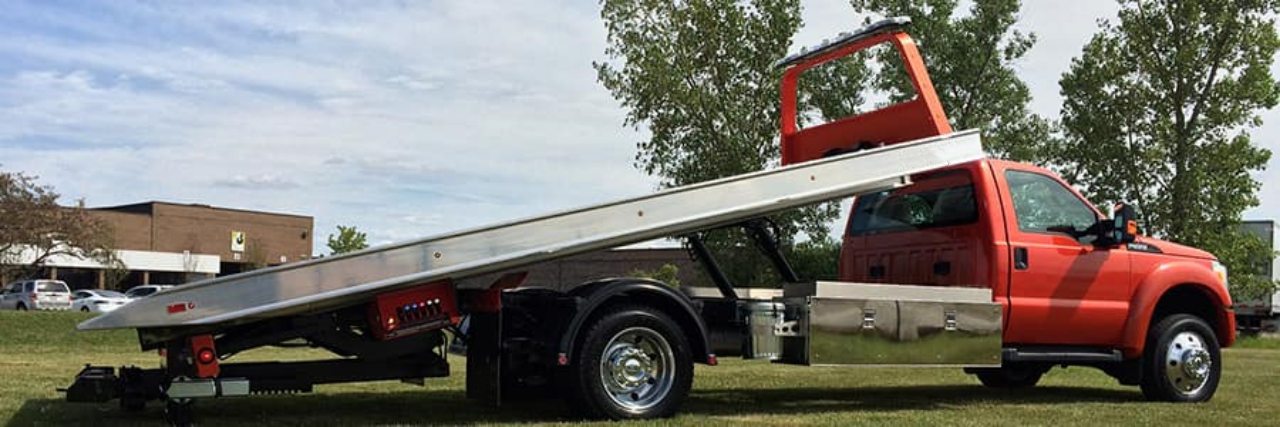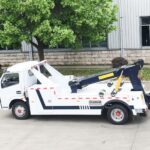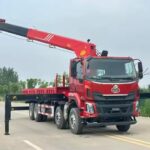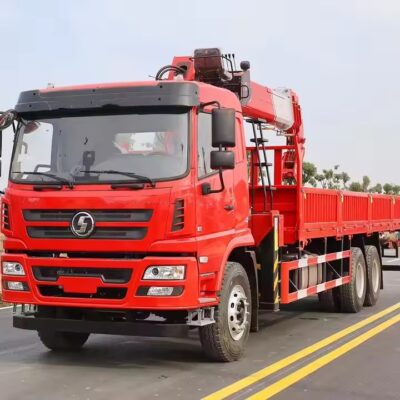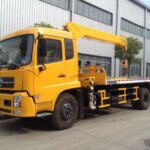Rollback tow trucks play a crucial role in the transportation industry, providing a reliable means of moving vehicles safely and efficiently. Whether used for roadside assistance, vehicle recovery, or transporting disabled cars, these trucks endure substantial wear and tear. To ensure the longevity and optimal performance of rollback tow trucks, it’s essential to prioritize regular maintenance. In this article, we will explore key maintenance tips that can contribute to the longevity of rollback tow trucks.
1. Routine Inspection and Lubrication:
One of the fundamental maintenance practices for rollback tow trucks is routine inspection and lubrication. Regularly inspecting crucial components such as the winch, cables, and hydraulics helps identify potential issues before they escalate. Lubrication of moving parts is equally vital for preventing friction and reducing wear. A well-lubricated system not only ensures smooth operation but also extends the lifespan of critical components.
2. Check Hydraulic Systems:
The hydraulic system is the backbone of a rollback tow truck, responsible for the smooth operation of the bed and winch. Regularly check hydraulic fluid levels and ensure that it meets the manufacturer’s specifications. Inspect hydraulic hoses for any signs of leaks, wear, or damage. Promptly addressing hydraulic issues can prevent major breakdowns and expensive repairs.
3. Inspect and Maintain the Winch:
The winch is a pivotal component of a rollback tow truck, responsible for loading and unloading vehicles. Regularly inspect the winch cable for fraying or damage and replace it if necessary. Keep the winch housing clean and well-lubricated to prevent rust and ensure efficient operation. Additionally, periodically check the winch’s power take-off (PTO) system to ensure it’s functioning correctly.
4. Tire Maintenance:
Proper tire maintenance is crucial for the safety and efficiency of rollback tow trucks. Inspect tires regularly for tread wear, uneven wear patterns, and proper inflation. Well-maintained tires not only improve fuel efficiency but also contribute to overall vehicle stability. Rotate tires at recommended intervals to ensure even wear and replace them when they reach the end of their usable life.
5. Brake System Checks:
The brake system is a critical safety component for any vehicle, and rollback tow trucks are no exception. Regularly inspect the brake pads, rotors, and calipers for wear and replace them as needed. Check brake fluid levels and ensure there are no leaks in the brake lines. A properly maintained brake system not only ensures the safety of the operator and the transported vehicles but also prevents costly repairs down the line.
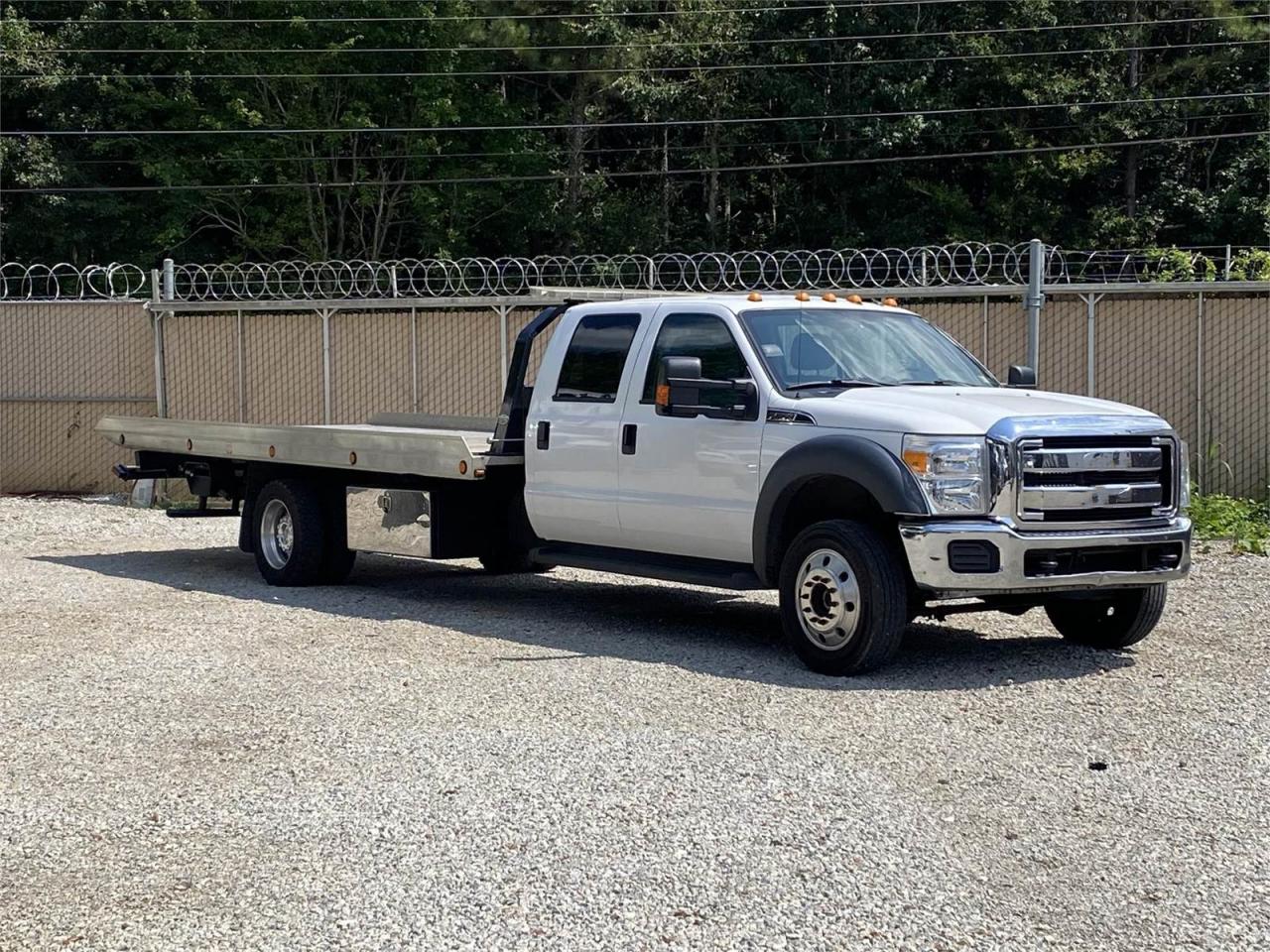
6. Battery and Electrical System Maintenance:
A rollback tow truck‘s electrical system, including the battery, plays a vital role in its functionality. Regularly inspect the battery for corrosion, ensure proper cable connections, and test the charging system. Clean and tighten electrical connections to prevent issues related to power distribution. A well-maintained electrical system reduces the risk of breakdowns and ensures the efficient operation of essential components like lights, winches, and bed controls.
7. Frame and Bed Inspection:
The frame and bed of a rollback tow truck are subjected to significant stress during loading and unloading operations. Regularly inspect the frame for signs of cracks, rust, or damage. Check the bed and its pivot points for proper operation and lubricate them as needed. Reinforce any weak points in the frame promptly to prevent structural failures that could lead to accidents or extensive repairs.
8. Maintain Proper Fluid Levels:
In addition to hydraulic fluid and brake fluid, rollback tow trucks rely on various other fluids for optimal performance. Regularly check and maintain proper levels of engine oil, transmission fluid, and coolant. Following the manufacturer’s recommended service intervals for fluid changes is essential for preventing premature wear and maintaining the overall health of the vehicle.
9. Operator Training and Awareness:
Beyond physical maintenance, ensuring that operators are well-trained and aware of proper operating procedures is crucial. Inadequate training can lead to unnecessary wear and tear, as well as an increased risk of accidents. Regularly update operator training programs to include the latest safety guidelines and operational best practices.
10. Record-Keeping and Documentation:
Maintained comprehensive records of all maintenance activities, inspections, and repairs. This documentation serves as a valuable resource for tracking the history of the rollback tow truck, identifying recurring issues, and ensuring that maintenance tasks are performed at the recommended intervals. Organized record-keeping can also be beneficial for warranty claims and resale value.
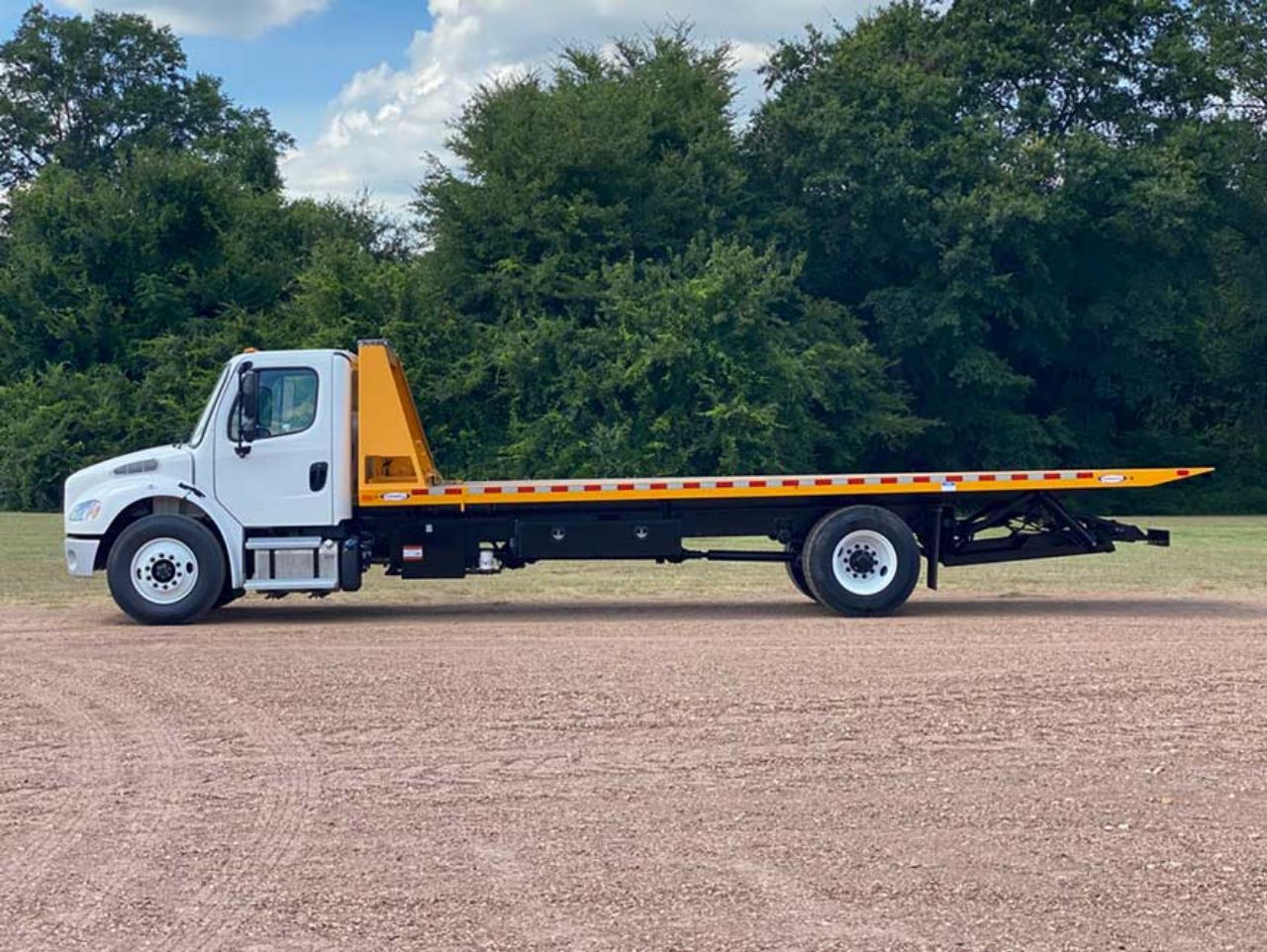
Conclusion:
Rollback tow trucks are indispensable in the transportation and recovery industry, and their longevity depends on consistent and thorough maintenance. By prioritizing routine inspections, and lubrication, and addressing issues promptly, operators can ensure the reliability and efficiency of these essential vehicles. Adhering to manufacturer guidelines, maintaining a proactive approach to maintenance, and investing in operator training are key steps toward extending the lifespan of rollback tow trucks and maximizing their performance on the road.

